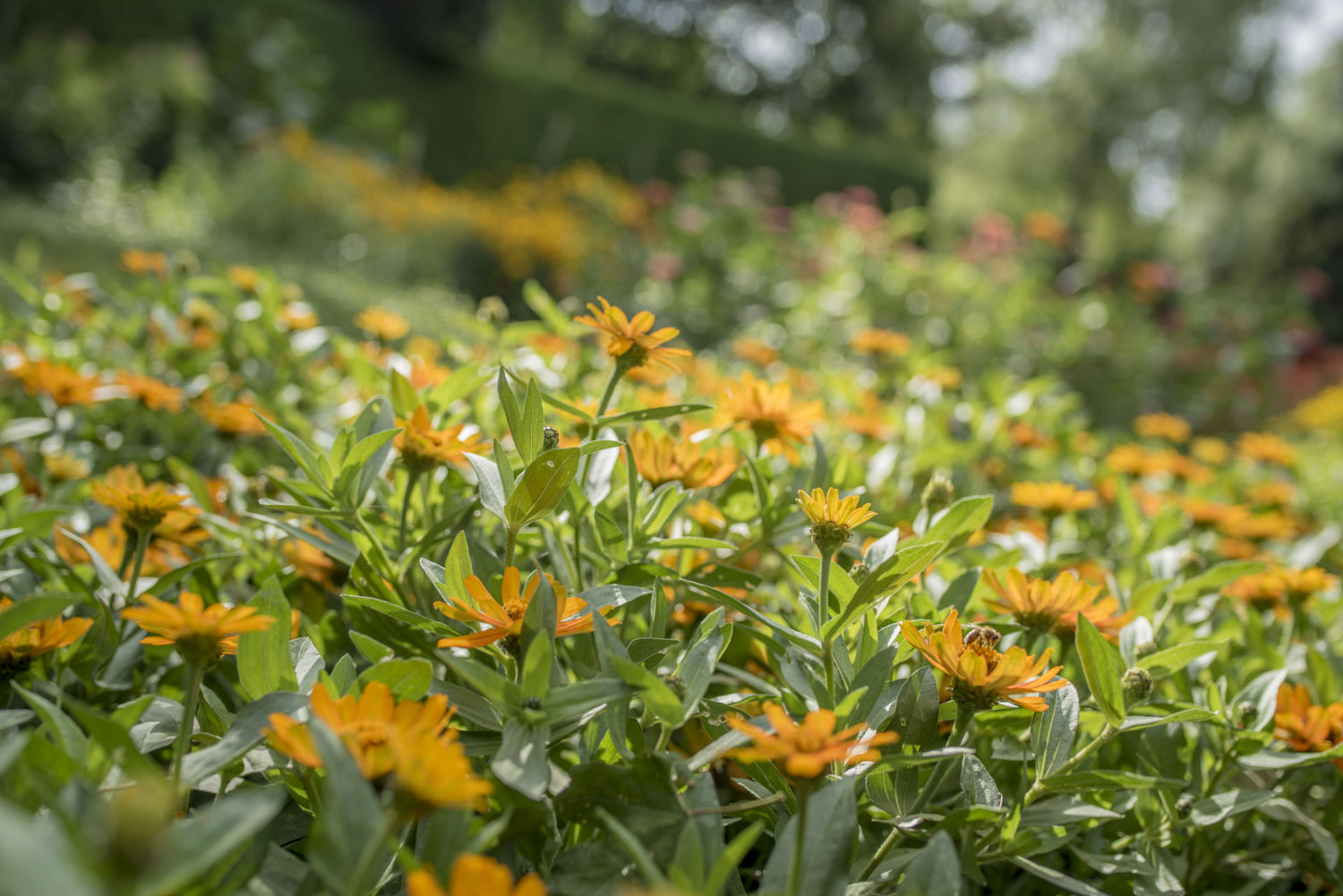The garden where we let nature do its work




There are no gardens in the list. Choose them in our catalogue.
There are no chosen events. Take a look to our calendar of events.



Opulent silver fountains, vast water mirrors, water moats and canals, or babbling brooks - water in the garden comes in many forms. However, behind the impressive aesthetic element, often lies technically complex work. In the garden of today, the water also has its function. Aside from that of ornament, it also has its use in the form of a root cleaner.
Water in the service of the aristocracy
Thermal expansion, air pressure, vacuums, gravity, the principle of communicating vessels and the Archimedes screw are all sophisticated mechanisms for pumping and moving water around, thanks to which garden fountains were able to function long before the electric water pump saw the light of day. In Italian and French Baroque gardens, the design of water elements was performed by fontanieri masters, physicists, metaphysics and the whim of individuals, not to mention the wish for surprise and distraction. Thanks to their art, which only few people understood, they were elevated to the level of aristocrat or proclaimed wizards or heretics. In gardens with long water canals or large water mirrors, garden designers would not hesitate in moving an entire riverbed several hundred meters away. This happened in the park at Lednice, where we can also see a unique aqueduct resembling a Roman watercourse, or the Moorish waterworks, which served as a steam baths and a hydroelectric power station. Enjoy the garden from a ‘water perspective’ while sailing on a boat.
In the chateau garden in Jaroměřice nad Rokytnou, water played a vital part in the cultural life, since Count Johann Adam von Questenberg built an island theatre there at the turn of the 17th century, and, inspired by Venice, had his musicians play directly from his three gondolas while sailing along the garden canals. Breathtaking gardens can also be found in Austria. A number of charming water elements, including two Spuckmänner, and bathing pavilions on the banks of the spa, can be found in the garden of the chateau in Artstetten. Schloss Hof, one of the most renowned chateaus in Lower Austria, can proudly boast the Neptune fountain, a so-called grotto with allegories of the Danube and Morava river and a large, newly-renovated cascade which was due to in autumn 2017.
Water as an aid
For the world outside the walls of the estates of aristocrats, water has always been a means of making work easier. In the Museum of Southeast Moravian Villages in Strážnice visitors can see a water saw and a mill with a fulling machine. The Renaissance mill in Slupi is also remarkable. It is located on one of the most important waterworks on the Morava river, the Jaroslavicko-Krhovický mill race, later extended to Austria and bearing the name Thaya-Mühlbach Canal.
Water sustainable
Even in the modern garden, water has its function. The bathing biotope (such as the one in Kittenberger Gardens) and the root cleaner (Open Garden and Gardens of Lipka) share the combining of water and plants and a sustainable approach to managing an increasingly valuable resource. Plants provide good water quality without the addition of chemicals. And the fact that water and flora, and also fauna, go together, is also evident in the underwater kingdom UnterWasserReich in Hochmoor nature park.


The garden where we let nature do its work
The House of Liechtenstein – an aristocratic family from Central Europe
Adventure in the Garden: When Children Bloom!
Art in the garden
Water in the garden - ornament and brilliant technical work
Greenhouses and Orangeries: Exotic Paradises within Reach
Places of peace and inspiration
Rarities in the fruit and vegetable garden
A natural pharmacy in the garden
The Story of the Garden
Herbs: Pleasure and Profit from the Garden
Where the grapevine flourishes, so do people



58 Parks & Gardens